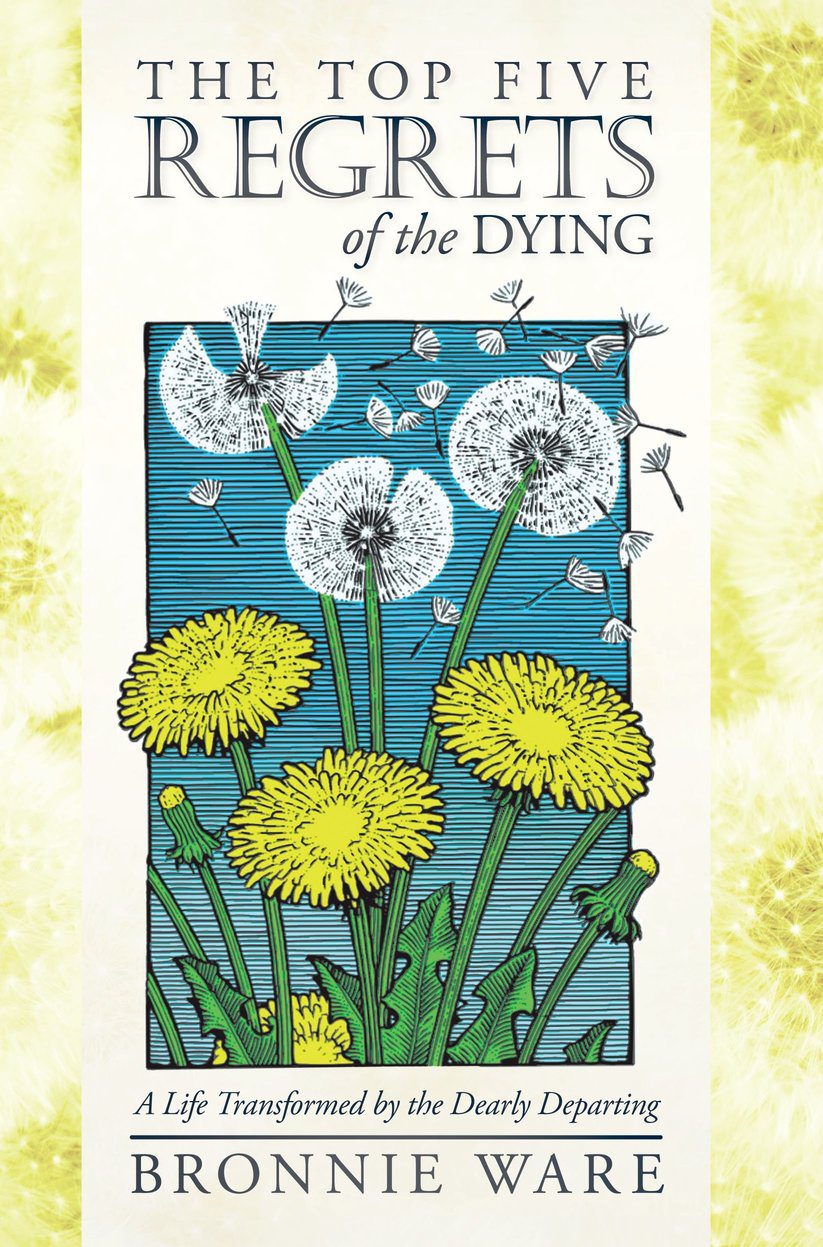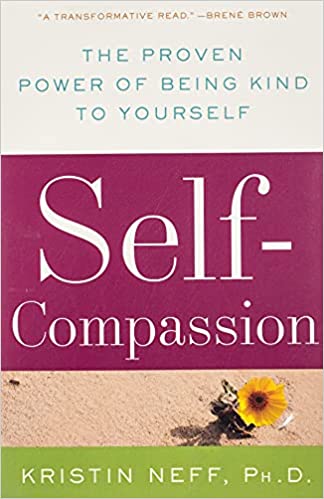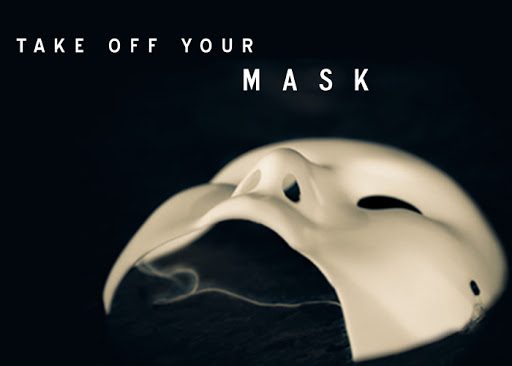“To be nobody but yourself in a world which is doing its best day and night to make you like everybody else means to fight the hardest battle which any human being can fight and never stop fighting.” ― E.E. Cummings
Halloween is a worldwide celebration on the last night of October, on the eve of the Western Christian feast of All Hallows’ or All Saints’ days. The word hallowe[‘]en is derived from the Scottish form of All Hallows’ Eve – “the evening before All-Hallows Day” 1 Some popular Halloween activities include trick or treat, guiding, souling and most especially putting a mask in disguise. Just like the mask used during the Halloween celebration, most of us have a mask throughout our lives and days. We put on a mask to perform our different roles at work, at home, with family, friends and acquaintances. Depending on the circumstances, we constantly disguise changing the mask to fit the situation we are in leading to inconsistency in our behaviour and action.
In the Complete Poems of Paul Laurence Dunbar, the American poet Paul Laurence Dunbar writes in the “We Wear the Mask” 2:
We wear the mask that grins and lies, It hides our cheeks and shades our eyes,— This debt we pay to human guile; With torn and bleeding hearts we smile, And mouth with myriad subtleties. Why should the world be over-wise, In counting all our tears and sighs? Nay, let them only see us, while We wear the mask. We smile, but, O great Christ, our cries To thee from tortured souls arise. We sing, but oh the clay is vile
Beneath our feet, and long the mile; But let the world dream otherwise, We wear the mask!
Dunbar’s poem is a testament to how most of us lead a deceitful, deceptive and even unconscious life. “The debt we pay to human guile”, we live in a trance and autopilot that most of us don’t even realize that we are masking our emotions and true self just to please others. As American poet and Essayist E.E. Cummings once quipped “To be nobody but yourself in a world which is doing its best day and night to make you like everybody else means to fight the hardest battle which any human being can fight and never stop fighting.” The world is constantly trying to make us conform to the norms and rules of society, it takes courage to live life on your own terms without the mask.
True and False Self
The True and False Self are psychological concepts popularized in the 60s by British Psychoanalyst Donald Winnicott. In his 1960 paper titled: Ego Distortion in terms of true and false self, Winnicott writes:
At the earliest stage, the True Self is the theoretical position from which come the spontaneous gesture and the personal idea. The spontaneous gesture is the True Self in action. Only the True Self can be creative and only the True Self can feel real. Whereas a True Self feels real, the existence of a False Self results in a feeling unreal or a sense of futility.
The False Self, if successful in its function, hides the Tue Self, or else finds a way of enabling the True Self to start to live. The false self is defensive in nature and its chief aim is to hide and protect the True self, whatever that may be.
The false self sets up as real and it is this that observers tend to think is the real person. In living relationships, work relationships, and friendships, however, the False self begins to fail. In situations in which what is expected is a whole person the False Self has some essential lacking. At this extreme the True Self is hidden.

In her book, The Top Five Regrets of the Dying 3, Australian palliative caregiver Bronnie Ware interviewed her terminally ill and dying patients in the palliative home she worked to understand the regrets they had or anything they would do differently. She documented her finding in the book and on top of the list of regrets for most dying people is ” I wish I’d had the courage to live a life true to myself, not the life others expected of me.” She writes:
1. I wish I’d had the courage to live a life true to myself, not the life others expected of me.
The regret of not having lived a life true to themselves was the most common one of all. It was also the one that caused the most frustration, as the client’s realization came too late. They say though that we do more to avoid pain than we do to gain pleasure. So it is when the pain becomes too much that we finally find the courage to make changes. Until then, the pain within me was just continuing to fester until it did reach a breaking point.
The majority of us are the same, in that we just want to be happy. And on some level, we all have hearts that suffer.
We are all fairly malleable, bendable creatures really. While we have the choice to think for ourselves and have free will to live the way our hearts guide us, our environment has a huge effect on us all, particularly until we start choosing life from a more conscious perspective.
Life is over so quickly. It is possible to reach the end with no regrets. It takes some bravery to live it right, to honour the life you are here to live but the choice is yours. So will be the rewards. Appreciate the time you have left by valuing all of the gifts in your life and that includes especially, your own, amazing self.
Most of us live all our lives trying to please the world, living on society’s terms, living based on the judgment of others and below the veil of consciousness. We put on the mask to hide our childhood trauma and the shame we feel as a result of our mess. Russian writer Leo Tolstoy’s opening sentence in his novel Anna Karenina sums up most family systems “All happy families are alike; each unhappy family is unhappy in its own way.” Like all social systems, the family unit always has some modicum of dysfunction. The key to navigating the dysfunction and trauma that we all went through is to become more self-aware by re-parenting ourselves, developing self-compassion and prioritizing ourselves through self-care.

What a lot of us fail to realize is that you cannot give what you do not have. If you don’t care for yourself, you cannot really be present for others hence the need to find your true self and unmask your shadow self. In her book, Self-Compassion: The Proven Power of Being Kind to Yourself 4, author and Associate Professor of Educational Psychology at the University of Texas at Austin, Dr. Kristin Neff writes about self-compassion and the need for self-care. She asserted:
Self-compassion is a way of emotionally recharging our batteries. Rather than becoming drained by helping others, self-compassion allows us to fill up our internal reserves, so that we have more to give to those who need us. It’s like those little videos they always show on planes before takeoff, which tell adults to put on their own oxygen mask before helping children to put on theirs. We need to have a steady supply of compassion available to ourselves in order to have adequate resources to share with others. If we’re knocked flat on our backs because our own resources are depleted, what use are we to those who rely on us? In many ways, then, self-compassion is an altruistic act, because it puts us into the optimal mental and emotional mindset to help others in a sustainable, long-lasting way.
“Feeling unworthy goes hand in hand with feeling separate from others, separate from life. If we are defective, how can we possibly belong? It seems like a vicious cycle: the more deficient we feel, the more separate and vulnerable we feel.” – Tara Brach, Radical Acceptance
Meditation
- Daily Clam with Tamara Levitt – Coming Home
- No matter what is going on in our lives, our body and our breath can serve as anchors; safe places to come home to again and again.
“Meditation is a lifelong gift. It’s something you can call on at any time.” – Paul McCartney.
- Daily Jay with Jay Shetty – End Things Well.
- Endings can be tough whether it is moving to a new place or completing a project. Sometimes we don’t just know how to approach them.
- The Three As: Acceptance, Awareness, and Action. We need to accept that endings are often accompanied by challenging emotions for everyone involved. If we try to avoid others’ reactions or downplay our own, it only makes things more difficult. Anguish can become compounded by confusion or even resentment. Then with that awareness in mind, we can communicate in a way that gives everyone the opportunity to process the pattern. And finally, we can take action that provides an outlet for emotions like a celebration or a goodbye party.
The Three As: Acceptance, Awareness, and Action.
Podcast
- The SECRET to GETTING RICH (They Don’t Want You to Know THIS!) | Alex Hormozi
All the best in your quest to get better. Don’t Settle: Live with Passion.



Comments are closed.